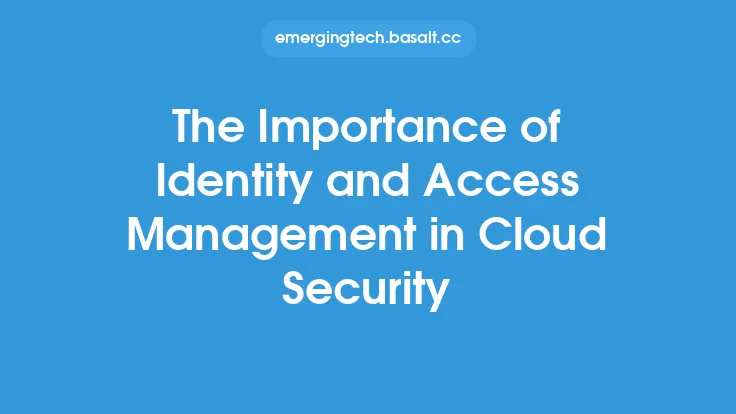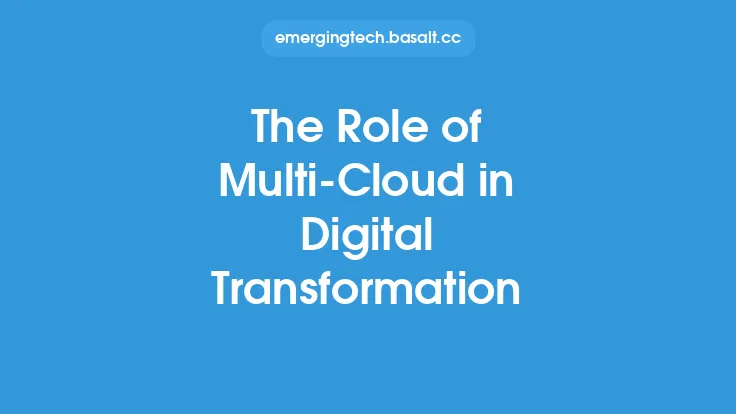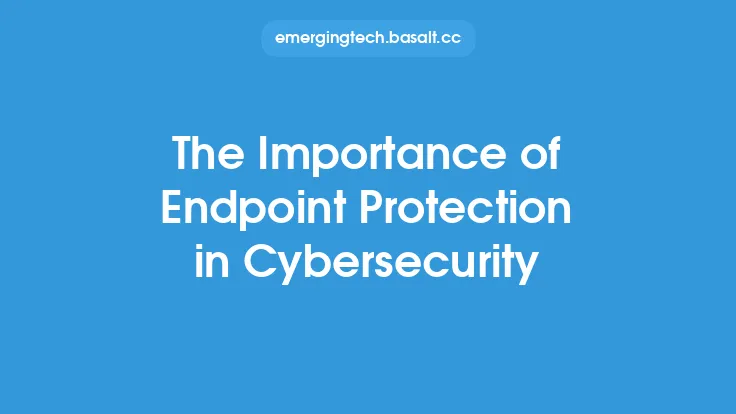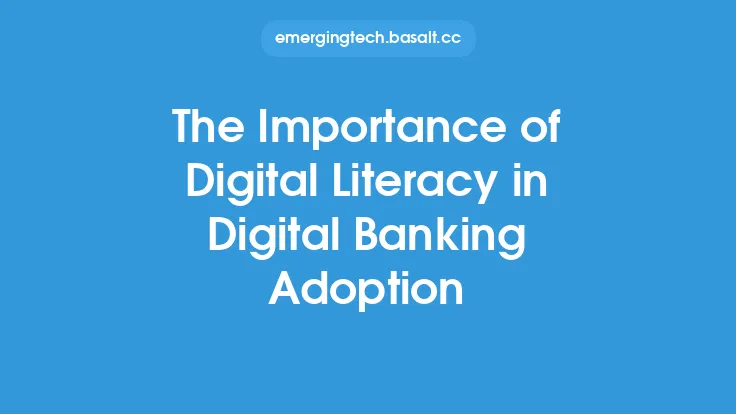In today's digital landscape, security is a top priority for organizations of all sizes. As technology advances and more businesses move online, the risk of cyber threats and data breaches increases. One crucial aspect of protecting sensitive information and preventing unauthorized access is Identity and Access Management (IAM). Within IAM, Multi-Factor Authentication (MFA) plays a vital role in ensuring the security and integrity of an organization's systems and data. In this article, we will delve into the importance of MFA in IAM, its benefits, and how it can be implemented to provide an additional layer of security.
What is Multi-Factor Authentication?
Multi-Factor Authentication is a security process that requires a user to provide two or more authentication factors to access a system, network, or application. These factors can be something the user knows (password or PIN), something the user has (smart card or token), or something the user is (biometric data such as fingerprints or facial recognition). MFA is designed to provide an additional layer of security, making it more difficult for attackers to gain unauthorized access to sensitive information.
Benefits of Multi-Factor Authentication
The benefits of MFA are numerous and well-documented. Some of the most significant advantages include:
- Improved Security: MFA makes it much more difficult for attackers to gain access to a system or network, as they would need to possess multiple authentication factors.
- Reduced Risk of Data Breaches: By requiring multiple factors, MFA reduces the risk of data breaches caused by weak or stolen passwords.
- Compliance with Regulations: Many regulatory bodies, such as PCI-DSS and HIPAA, require the use of MFA to protect sensitive information.
- Increased User Trust: MFA provides an additional layer of security, giving users confidence that their information is protected.
Types of Multi-Factor Authentication
There are several types of MFA, each with its own strengths and weaknesses. Some of the most common types include:
- SMS-based MFA: This type of MFA sends a one-time password (OTP) to a user's phone via SMS.
- Token-based MFA: This type of MFA uses a physical token that generates a unique code, which must be entered along with a password.
- Biometric MFA: This type of MFA uses unique physical characteristics, such as fingerprints or facial recognition, to authenticate users.
- Smart Card MFA: This type of MFA uses a smart card, which is a physical card that contains a microprocessor and stores sensitive information.
Implementing Multi-Factor Authentication
Implementing MFA can be a complex process, but there are several best practices to follow:
- Choose the Right Type of MFA: Select a type of MFA that aligns with your organization's security needs and user requirements.
- Use a Phased Rollout: Implement MFA in phases, starting with high-risk users and systems.
- Provide User Education: Educate users on the importance of MFA and how to use it effectively.
- Monitor and Analyze: Continuously monitor and analyze MFA logs to identify potential security threats.
Technical Considerations
When implementing MFA, there are several technical considerations to keep in mind:
- Authentication Protocols: Choose an authentication protocol that supports MFA, such as RADIUS or SAML.
- Integration with Existing Systems: Ensure that MFA integrates seamlessly with existing systems and applications.
- Scalability: Choose an MFA solution that can scale to meet the needs of your organization.
- Security: Ensure that the MFA solution is secure and resistant to tampering.
Common Challenges and Solutions
While MFA is an effective security measure, there are several common challenges that organizations may face:
- User Resistance: Some users may resist the use of MFA, citing inconvenience or complexity.
- Technical Issues: Technical issues, such as token synchronization or biometric reader errors, can occur.
- Cost: Implementing MFA can be costly, especially for small or medium-sized businesses.
- Solution: Provide user education and training, invest in reliable MFA solutions, and consider cloud-based MFA services to reduce costs.
Conclusion
In conclusion, Multi-Factor Authentication is a critical component of Identity and Access Management, providing an additional layer of security to protect sensitive information and prevent unauthorized access. By understanding the benefits, types, and implementation best practices of MFA, organizations can improve their security posture and reduce the risk of data breaches. As technology continues to evolve, it is essential to stay informed about the latest MFA trends and best practices to ensure the security and integrity of an organization's systems and data.





